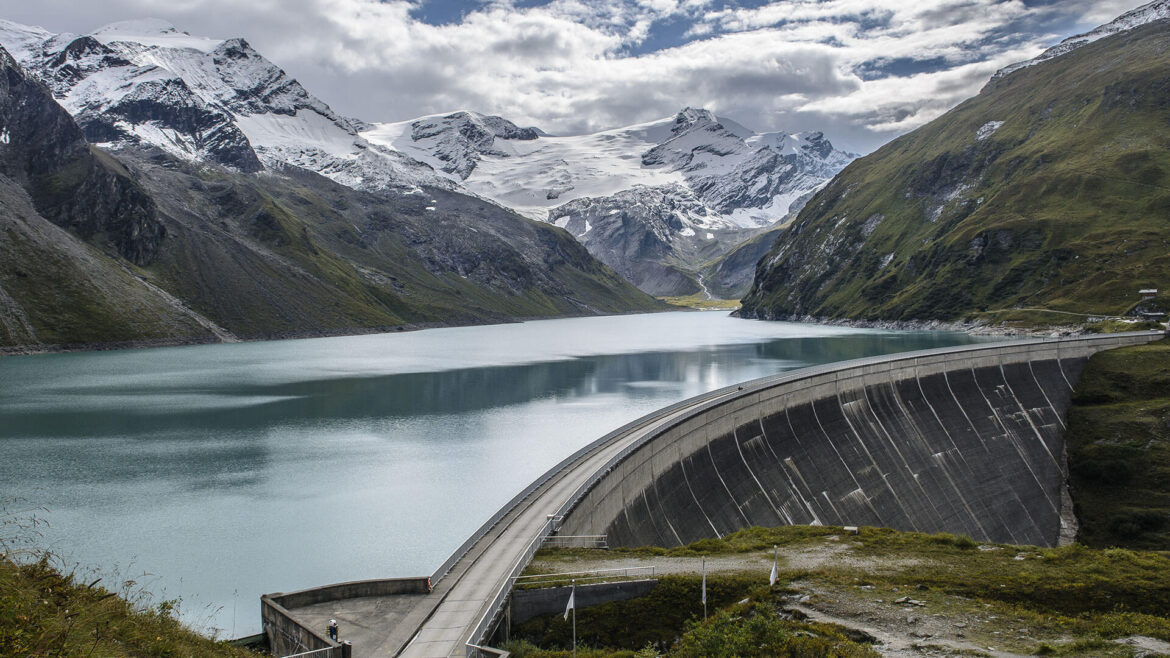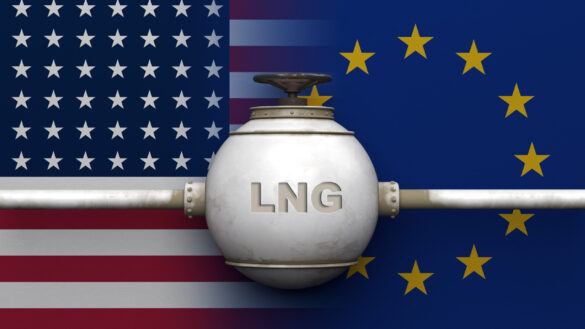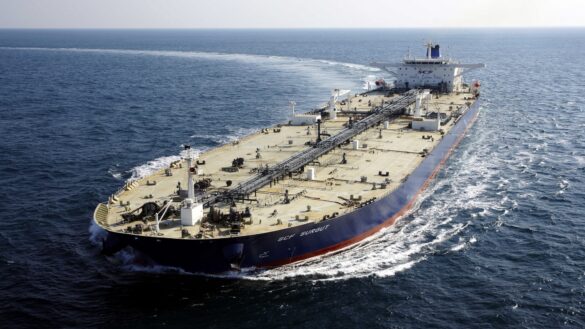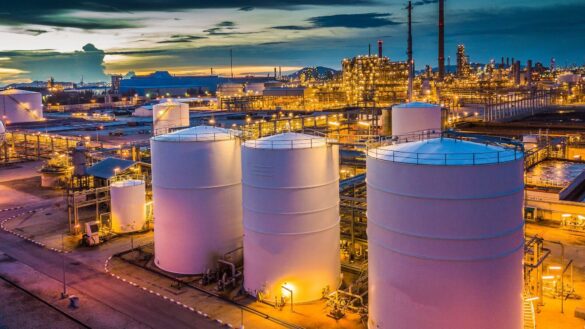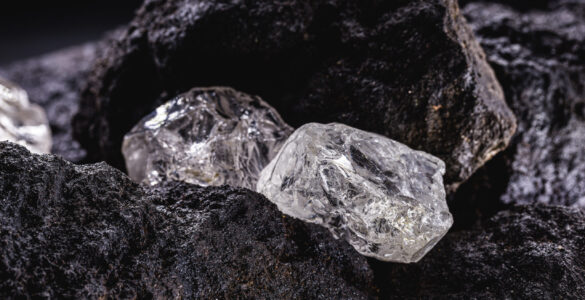As a renewable clean energy, hydropower is an important component of China’s energy, and occupies a significant place in energy balance and sustainable development of the energy industry. Energy conservation and comprehensive utilization of resources is a long-term policy of China’s economic and social development. China puts sustainable development strategy in a prominent place, to save resources, protect the environment, maintain coordinated development of social economy, resources and environment. Preferential development of hydropower is one of China’s energy source development strategies.
The total theoretical hydropower potential of China is 694 GW, about a 15% global share, and ranking first in the world. The technical exploitable installed capacity is 542 GW, a 17% global share, with a corresponding annual electricity generation of 2,474 TWh. The distribution of hydropower resources in China has three major characteristics including uneven spatial distribution, uneven temporal distribution, and high concentration. Southwest China has more hydropower resources, accounting for about two-thirds of total technically developable hydropower capacity. The annual distribution of runoff for most of the rivers in China is uneven. A positive aspect of China’s hydropower resources, as described in the Summary on General Report of Investigation and Evaluation Results of Rural Hydropower Resources of P.R.C. (2008)Rural Hydropower Resources and Its Distribution, is the high concentration which may result in unified and efficient development.
Development of hydropower in China

The first hydropower station, Shilongba, was constructed in Yunnan Province in 1910. Two 240 kW hydraulic turbine generator units were installed and began generating electricity in 1912. The total installed capacity of Shilongba hydropower station was expanded to 6 MW in 1958 after seven times enlargement (Li, 2007). The station is still generating electricity today.
Before the establishment of PRC, the development of hydropower in China was quite slow due to wars. By 1949, China had a total installed hydropower capacity of 0.163 GW. The average installed hydropower capacity and electricity outputs per capita were 0.0007 kW and 3.3 kWh.
After the founding of PRC, the development of hydropower in China started a new page. In the early decades after the founding of the PRC, hydropower development was mainly concentrated in the eastern region due to the higher economic development and the rapid growth of electricity usage.
Xinanjiang hydropower station, the first large type hydropower station designed, equipped, and constructed by China, was constructed in April 1957 in Jiande, Zhejiang Province. Xinanjiang hydropower station is considered as a milestone of hydropower development in China since it provided the prologue to hydropower construction of China after the founding of the PRC.
In the same year, Sanmenxia hydropower project, the first large type comprehensive hydropower engineering project constructed on the main stream of the Yellow River, was launched. This project is located at the junction between Sanmenxia, Henan Province and Pinglu, Shanxi Province, and which is also the downstream of the middle Yellow River. In addition to electricity generation, the Sanmenxia hydropower project also functions as flooding control, ice prevention, and agriculture irrigation.
In September 1958, at the trunk stream of the Yellow River in Yongjing county of Gansu Province, Liujiaxia hydropower station, the first million-kilowatt level hydropower station of China, was begun. At the same time, two cascade hydropower stations downstream, Yanguoxia hydropower station and Bapanxia hydropower station started to be constructed. Subsequently, China continued to build up several large type hydropower projects at million-kilowatt scale.
By the end of 1978, the installed hydropower capacity in China had increased to 18.67 GW with annual electricity outputs of 50 GWh. The installed hydropower capacity and electricity outputs per capita increased to 0.02 kW and 51.5 kWh.
After the reforms and opening up of the PRC, the hydropower construction of China was accelerated. The development of hydraulic resources in the western region of China was put in an important position. After the ‘West-to-East Electricity Transmission’ strategy was put forward, the development and utilization of the abundant water resources in southwest China were gradually speeded up. In Yabi River, Dadu River, and Wu River, the main tributaries of the Yangtze River, a few large hydropower stations were completed and put into generation. On the upper reaches from Longyang gorge to Qingtong gorge of the Yellow River, Lancang River, Nanpan River, and the Hongshui River, a number of hydropower stations with installed capacity over 1 GW were constructed and put into generation. As of the end of 1999, China’s hydropower installed capacity had reached 77.39 GW and the annual electricity generation capacity had reached 221.9 GWh. The per capita installed capacity and generating capacity were 0.06 kW and 176.4 kWh, respectively.
In 1994, the landmark hydropower project of China, the Three Gorges hydropower station, started to be constructed. The Three Gorges hydropower station, located in Yichang City of Hubei Province, is the largest construction project in China and also the largest hydropower station in the world in terms of installed capacity (22.5 GW). The station has multiple functions, including power generation, flood control, transportation, etc. The station has 32 hydropower generating units, with 0.7 GW for each. On June 1, 2003, the Three Gorges hydropower station began to retain water and generate hydropower. On June 4, 2012, the last hydropower generating unit of the station was put into use.
From 1995 to 2000, the construction of Three Gorges hydropower station proceeded steadily, and 25 controlled hydropower stations, including Xiaolangdi, Wanjiazhai, Feilaixia, Jiangya, Wuluwati, Manla, Guanyinge, were successively completed and started running. The increased installed capacity of hydropower in this period was 11 GW, including 8 GW of medium and small size hydropower stations.
China’s hydropower has become a strong component of China’s power industry, and a strong foundation for the progress of social development.
From 2001 to 2005, the ‘10th Five-Year’ planning of water resources development, hydropower stations, including Linhuaigang, Baise, Nierji, Zipingpu, Shapotou, Xixiayuan, Zaoshi, etc., proceeded successfully and functioned gradually. The increased installed capacity of hydropower was 16 GW in this period (Ministry of Water Resources, PR China, 2001).
For the ‘11th Five-Year’ period of China, from 2006 to 2010, many large type hydropower stations were constructed, including Longtan, Jinghong, Goupitan, Laxiwa, Xiaowan, Pubugou, etc., and some large and extra-large type hydropower stations, including Xiangjiaba, Jinping II, etc., started construction (The National Development and Reform Committee, Ministry of Water Resources, Ministry of Construction, 2007). By the end of 2010, the total installed capacity of hydropower of China was over 200 GW.
During the ‘12th Five-Year’ planning, 2011 to 2015, more large type hydropower stations, including Xiluodu, Xiangjiaba, Nuozhadu, Baihetan, Houziyan, Changheba, Dagangshan, Huangdeng, etc., were under construction (Renewable Energy Development Thrives During China’s 12th Five-Year Plan, The National Development and Reform Committee, Ministry of Water Resources, Ministry of Housing and Urban-Rural Development, P. R. China, 2012; The National Development and Reform Committee, The People’s Republic of China, 2012). The increased installed capacity of hydropower from 2011 to 2015 was 107.8 GW. More large hydropower stations are planned to be built in the next five-year plan, including Wudongde, Suwalong, Shuangjiangkou, Lianghekou, Liangjiaren, etc. (Han et al., 2014)
According to the Bulletin of First National Census for Water of China, a total of 46,758 hydropower stations with a total installed capacity of 333 GW were constructed or under construction in China by 2011, among which, 22,190 stations have 500 kW or over installed capacity, including 20,866 stations that have been constructed with a total installed capacity of 217 GW, and 1,324 stations that were under construction with a total installed capacity of 110 GW (Ministry of Water Resources, P. R. China & National Bureau of Statistics, 2014).
According to the 2017 Statistical Bulletin for National Economic and Social Development, by the end of 2017, the total installed capacity of hydropower of China was 341.19 GW, and the electricity generation 1,189.84 TWh with the growth rate 2.7% and 0.5%, respectively. (Ministry of Water Resources, People’s Republic of China, 2008, 2011, 2015, 2017; National Bureau of Statistics of the People’s Republic of China, 2018).
In the past 60 years, in addition to the huge economic benefits, China’s hydropower development has also played an important role in new countryside construction, regional economic growth, atmospheric climate improvement, and economic and social development of the whole river basin. The construction of Gezhouba hydropower station transformed Yichang from a small city to a medium-sized one, and then the construction of the Three Gorges hydropower station changed Yichang from a medium-sized to a large city.
Since the construction of the Three Gorges hydropower station project, the development of hydropower in China has changed from a simple technical engineering project to a social related integrated project, with more attention being paid to the interests of immigrants and ecological environment protection. Continuous exploration and progress have promoted the transformation of China’s hydropower development model: from focusing on economic benefits only to the economic, social, and ecological comprehensive benefits; from focusing on the construction technique to independent innovation and ecological protection techniques; from a single hydropower development to enhancing the comprehensive development of the overall effectiveness of the whole basin.
Pumped-storage power stations
The pumped-storage power station is an important way to store energy in large quantities. It has the functions of peak regulation, frequency modulation, phase modulation, emergency reserve, etc. It is an economical and effective control method for the power system (Guo & Yu, 2011).
China is rich in hydropower resources, but the distribution is very uneven. The hydropower resources are mainly concentrated in the southwest and northwest whereas north China, east China, and northeast China are short of hydropower resources. In the 1960s, a pumped-storage power station was built for the Beijing–Tianjin–Tangshan power grid in north China. A 11 MW pumped-storage unit was installed in the Gangan reservoir in Hebei. In the 1970s, two 11 MW pumped-storage units were installed in Miyun reservoir of Beijing, and three 90 MW pumped-storage units were installed in Panjiakou reservoir of Hebei Province (Yan & Zhao, 2004).
From the middle of the 1970s to the middle of the 1980s, many coal-powered stations were built for the Beijing–Tianjin–Tangshan power grid and east China power grid, and the Dayawan nuclear power station was built in Guangzhou. Peak regulation became a problem. Therefore, in the 1990s, Guangzhou pumped-storage power station and Beijing Shisanling pumped-storage power station were built. Then, the construction of pumped-storage power stations was fully expanded in China. A batch of pumped-storage power stations were built in the mid 1990s, such as Xikou pumped-storage power station in Zhejiang, Xianghongdian pumped-storage power station in Anhui, and the Shahe pumped-storage power station in Jiangsu.
At the beginning of the 21st century, the construction of China’s pumped-storage power stations entered a second period of rapid development, with 19 pumped-storage power stations starting construction in succession. With the development of electric power construction, the requirements for power supply reliability of the power grid are raised, and the demand for energy storage and adjustment for the large-scale development of new energy will also be higher. Therefore, more pumped-storage power stations will be constructed in China in the next several decades.
Since the first pumped-storage power station, Gangnan pumped-storage power station, was constructed in 1968, there has been tremendous development of the pumped-storage power station in China (List of Installed Capacity of Pumped-Storage Power Stations in China by the End of April 2016). By the end of June 2018, there was a total of 65 pumped-storage power stations in China, among which, 33 stations had been constructed and 32 were under construction. The installed capacity of constructed stations is 28.385 GW, and the installed capacity of the stations under construction is 44.250 GW. The total installed capacity of pumped-storage power stations is 72.635 GW.


